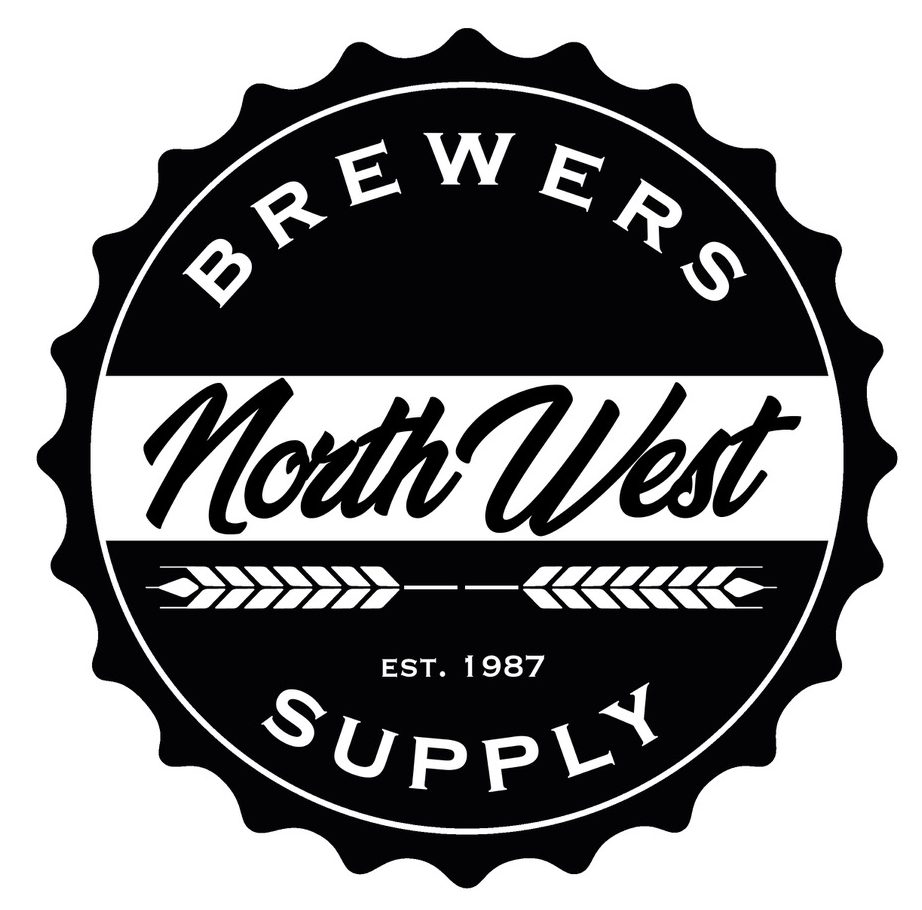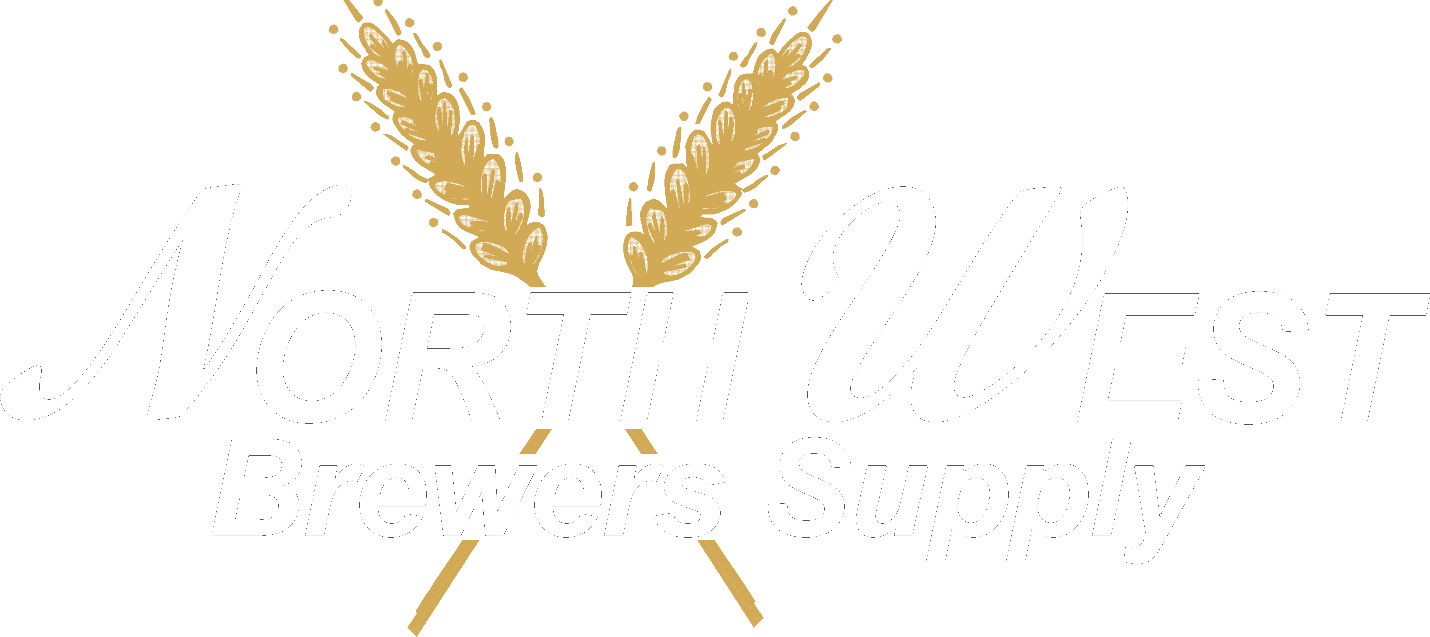Crafting the Original Pale Ale
In the ever-evolving landscape of craft beer, where innovation and tradition blend seamlessly, the quest for authenticity often leads us down memory lanes littered with forgotten recipes and the remnants of once-celebrated breweries. For this month’s seasonal beer kit, we resurrect a pale ale that is a piece of brewing history lost to time, guided only by a set of clues and the spirit of an era that reshaped the beer scene in the Pacific Northwest.

Sometimes, History Makes You Feel Old
History has a way of making us feel our age, especially for those of us straddling the line between generations who remember the zenith of the Seattle beer scene in the ’90s and 2000s and those for whom names like Pyramid Brewery and the closure of Rainier and Weinhard Brewing Companies evoke little more than a shrug. Yet, these landmarks formed the backdrop of a beer revolution in the Northwest, when the mantra “Think Globally, Drink Locally,” as championed by Hale’s Ale Brewery, wasn’t just a motto but a call to action.
“Yet, these landmarks formed the backdrop of a beer revolution in the Northwest, when the mantra “Think Globally, Drink Locally,” as championed by Hale’s Ale Brewery, wasn’t just a motto but a call to action.“
The Legacy of Hale’s Ale Brewery
Hale’s Ale Brewery, a pioneer in the Washington craft beer movement, opened its doors as the state’s third “microbrewery,” trailing just behind Grant’s in Yakima and Redhook in Seattle. At the time of its closure, Hale’s was Washington’s oldest craft brewery, a bastion of independence in an industry dominated by conglomerates. Hale’s brewery license was only the country’s 12th license since prohibition.
The Craft Beer Revolution
At Hale’s inception, I wasn’t even of legal age. I have only the history and memories of some of the landmark breweries I would get to visit, but the American brewing landscape vastly differed from what we know today. We called it ‘Microbrew’ back then because of the brewery’s small size compared to the corporate beer scene. The larger breweries could be running a 3400 barrel (bbl) brew house vs. the 10bbl size that Mike Hale’s, Ken Grossman’s Sierra Nevada, and many more would start with. For those who don’t know, a barrel is 31 US gallons. Budweiser, Molson, or Coors produce 210,800 gallons in the first of four daily shifts at a single brewery, which starkly contrasts the mere 310 gallons produced per batch by Hale’s. Budweiser alone has 12 such locations in the US alone, with 20 scattered globally.
“Budweiser, Molson, or Coors produce 210,800 gallons in the first of four daily shifts at a single brewery, which starkly contrasts the mere 310 gallons produced per batch by Hale’s .”
The Quest for a Lost Brew
Washington got its first-ever pale ale, Hale’s Pale American Ale. I wanted to re-create that beer with a link to our past. Unfortunately, we only know this beer through vague descriptions of its flavor profile – its nutty finish, resiny citrus character, and the distinctive touch of Wyeast Lab’s 1332 Northwest Ale yeast – since the brewery closed and the website is down. Crafting an original beer recipe that has vanished into the annals of history is no small feat, especially with such limited information. How do we capture the essence of a bygone beer from the beginning of an era when craftsmanship and local pride dictated brewing practices?

This image appeared in https://seattlemag.com/food-and-culture/city-seattle-proclaims-july-28-hales-ales-day/
How do we capture the essence of a bygone beer from the beginning of an era when craftsmanship and local pride dictated brewing practices?
Brewing Heritage
Looking at the history of the Pale American Ale, Mike Hale modeled his pale with a nod to tradition. Trained at Gales Brewery in England, Mike would even use classic English open fermentation vessels. With that tradition in mind, we can guess the malt choices Mike could have made. Sites like Untapped or old YouTube videos frequently mention a nutty profile. For this beer, I have chosen Simpson’s Marris Otter for its distinctive matching flavor profile and its link to traditional pale ales. I added a favorite, Victory Malt from Briess Malting, to support the Marris Otter profile.
All that Bitters
The choice of hops in 1983 was a far cry from what is available today. Mike Hale brewed Washington’s first pale with Hallertau Mittlefrue because it was his only option. According to the legend, several tastings discussed the citrus and pine characters. While Hallertau may have been the only hop available initially, the first pale ale recipe would undoubtedly have switched to cascade. As the number one grown hop for decades, cascade would have been available to Hale’s in quantity as the brewery matured.
The Star of the Show
Brewers make wort. It’s the yeast that makes the beer. For this Pale American Ale, we don’t need to do any detective work or fancy guesswork. Mike brought his yeast home from the UK. The Wyeast Lab would go on to add the culture to its library. With Wyeast 1332, a true top-cropping strain, we get a beer with a malty and mildly fruity finish with good depth and complexity. The strain has the lowest average attenuation percentage and tends toward the sweet side. To combat this, we will be mashing at a lower temperature with fresh yeast and hoping to finish a little drier than the average performance. For the extract version, we will substitute some of the malts with dextrose to produce a drier beer that is more in line with today’s beer palette.
Brewing Your Own American Pale Ale
We may never know how close we are to the original recipe but sometime’s a reminder of what we have lost is the most important thing. This American Pale is available as a kit for a limited time. The recipe and instructions are available at https://www.nwbrewers.com/seasonal-beer-kits/.
The Bottom of the Pint
As we piece together this puzzle, let us remember that beer is more than just a beverage—it’s a living link to our cultural heritage, a story of resilience and passion. Whether you’re a long-time aficionado of the beer scene or a newcomer eager to explore its depths, join us in celebrating the spirit of brewing that continues to inspire generations. We can raise a glass to uncovering lost treasures and toasting to the pioneers who made it all possible.
Cheers!
-Ben Holm
940 S. Spruce Street
Burlington, WA. 98233
Tel. (360)-293-0424
E-Mail: brew@nwbrewers.com

